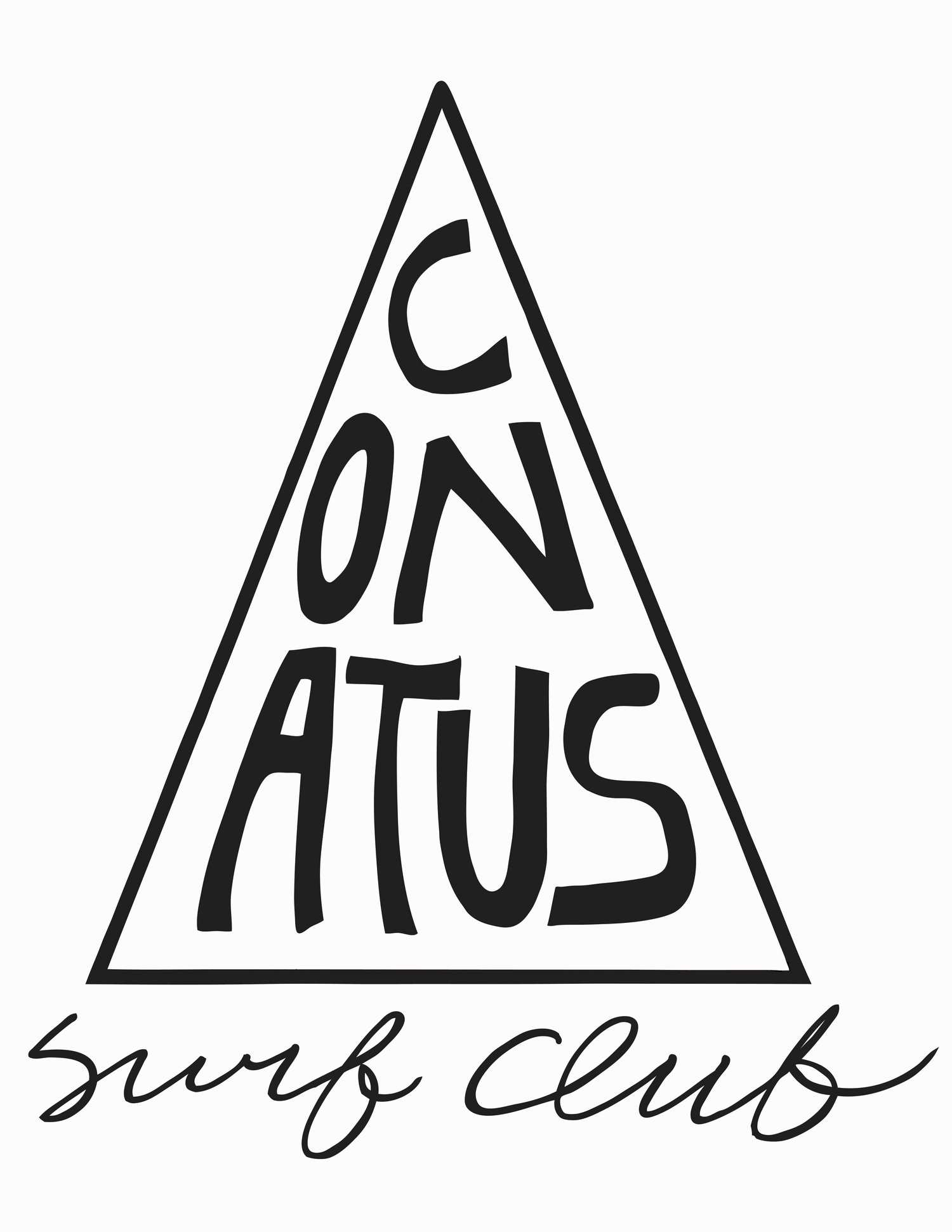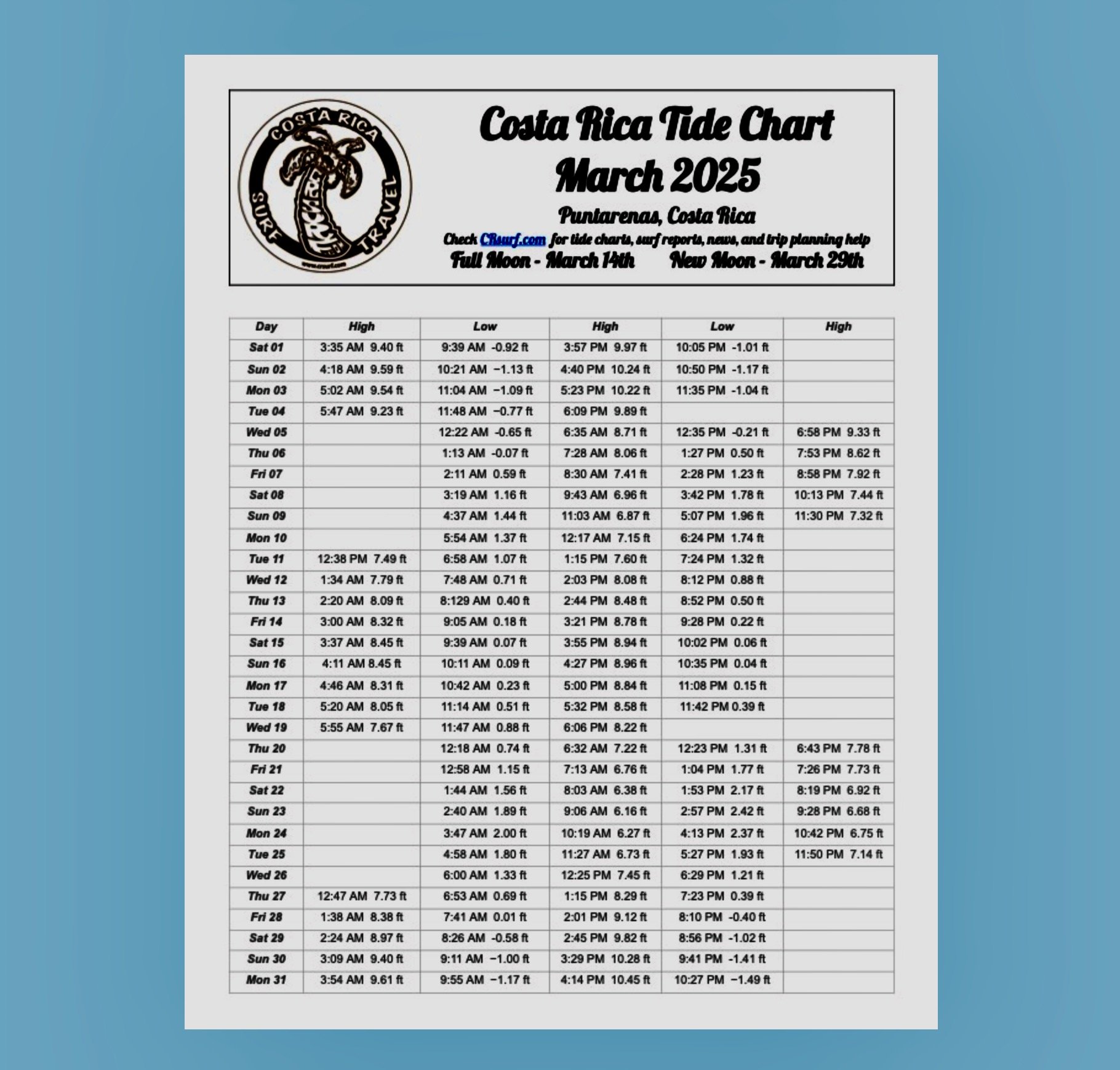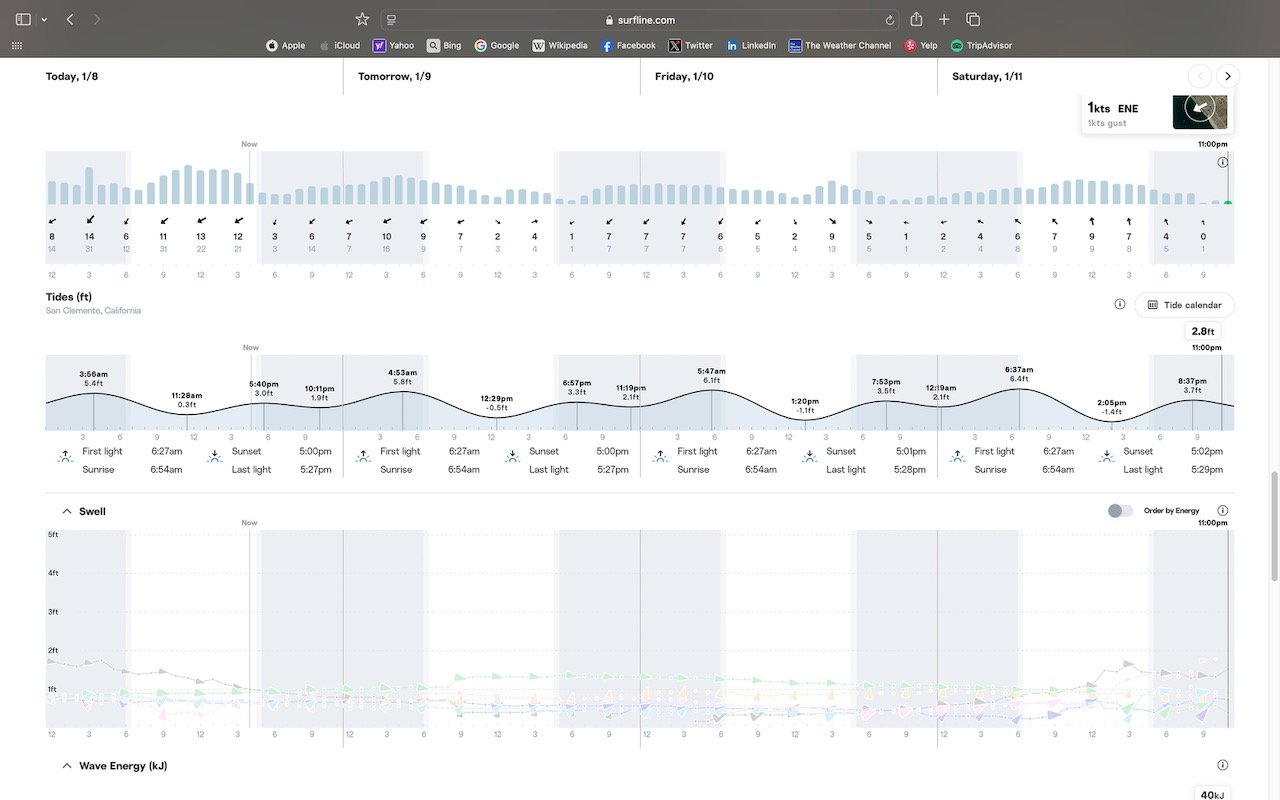Do you want to score the best waves of your life more often than not? Do you ever get frustrated when you check a surf forecasting site like Surfline.com and plan your weekly surfs around it, only to find that the conditions end up nothing like they were forecasted?! Have you overheard surfers in the water talking about “the buoys” and not known what they meant or how that related to the conditions? Then you need to take my forecasting class and learn to forecast for yourself!
Here is how the course is structured:
Introduction to climate science — get a grasp on basic scientific concepts that help us understand what creates good and bad conditions for surfing
How to read wind charts for swell generation — this is really important both for forecasting surfing for your local region and for planning surf trips and surgical strikes
How to read buoys and understand swells — this is the heart of the course — once you learn how to read buoys and understand swell direction, you will unlock your ability to score waves everywhere in the world
Bathymetry, coastal contours, waves, & tides — in this module you will learn about how the sea floor and other geographic features affect breaking waves
How to forecast local winds and why they matter — this module is all about figuring out how to dial in those local conditions
Putting it all together — here you learn how to forecast for your level so that you can always score the best possible conditions and improve your surfing
Bonus module — the various forecasting models for winds and swells
The whole course takes 6-10 hours to complete. Each section comes with a PDF of main websites and points. And just in case you want to brush up, you have indefinite access to it once you’re finished. Furthermore, taking this course is a prerequisite for doing any sort of coaching with me. If that’s something you’re interested in, the course will give you a head start.
I cannot stress enough how important it is to learn to surf forecast, especially if you’re a beginner or intermediate surfer. One of the necessary conditions of becoming an “expert surfer” is knowing how to read a forecast, and especially how to read between the lines. Surf forecasting is multi-factorial, with tons of variables and contingencies, so you want to get a good grasp on those basic constituent parts before putting them all together. Sometimes a site can have just one variable off and this can make the difference as to whether the surf will be good or bad the following day. If you lead a busy life and don’t have the luxury of hanging out at the beach 24/7, then you do not have time to spend driving to the beach only to find out it’s too flat or too big for you to get adequate reps in. And at the end of the day it’s all about getting in those adequate reps. When you learn to read between the lines, you’re going to find yourself surfing lots of uncrowded waves with just yourself and maybe a handful of friends who also know how to read the charts. Remember, smarter not harder! You can score empty waves, even in crowded urban surf zones, just by seeing certain data points that other people aren’t looking for.
After you’re done taking the course, sign up for my weekly Philo-surfy Zine:
I do a global forecast 2-3x a month and will even do specific forecasts for subscribers’ home zones if requested. A lot of my default forecasting is for the NY/NJ area, but that doesn’t have to be the case. I’m perfectly comfortable forecasting for any break in the world using the method that I teach in the course.
And last, if you want to test your knowledge and get special insights into your home break or for a trip you’re planning, you can schedule a virtual consult with me!















